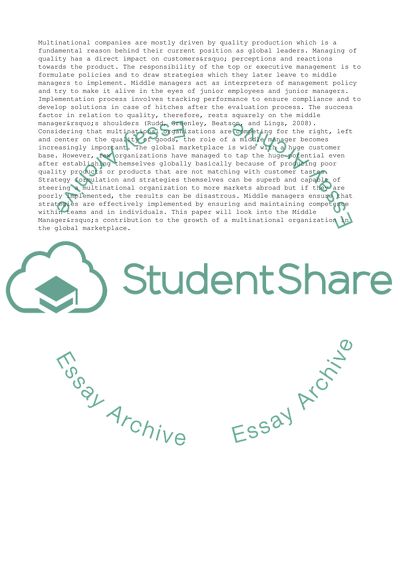Cite this document
(Middle Managers' Contribution To The Growth Of The Organization Term Paper, n.d.)
Middle Managers' Contribution To The Growth Of The Organization Term Paper. Retrieved from https://studentshare.org/management/1751340-how-does-the-middle-manager-contribute-to-the-growth-of-the-multinational-organization-in-the-global-market-place
Middle Managers' Contribution To The Growth Of The Organization Term Paper. Retrieved from https://studentshare.org/management/1751340-how-does-the-middle-manager-contribute-to-the-growth-of-the-multinational-organization-in-the-global-market-place
(Middle Managers' Contribution To The Growth Of The Organization Term Paper)
Middle Managers' Contribution To The Growth Of The Organization Term Paper. https://studentshare.org/management/1751340-how-does-the-middle-manager-contribute-to-the-growth-of-the-multinational-organization-in-the-global-market-place.
Middle Managers' Contribution To The Growth Of The Organization Term Paper. https://studentshare.org/management/1751340-how-does-the-middle-manager-contribute-to-the-growth-of-the-multinational-organization-in-the-global-market-place.
“Middle Managers' Contribution To The Growth Of The Organization Term Paper”, n.d. https://studentshare.org/management/1751340-how-does-the-middle-manager-contribute-to-the-growth-of-the-multinational-organization-in-the-global-market-place.


